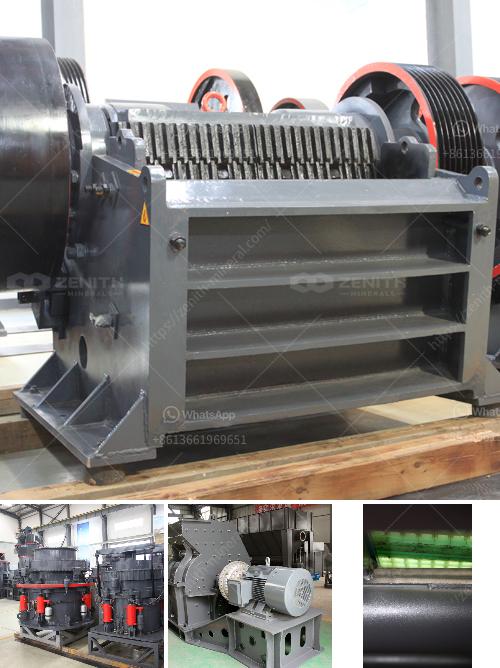Cleaning manganese ore generally involves several steps to remove impurities and improve the ore's quality for further processing. Here’s how it’s typically done:
Crushing: Manganese ore is first crushed to make the particles smaller. This process helps to separate manganese minerals from waste material.
Screening: Crushed ore is screened to remove fines (particles too small) and ensure uniformity in size for further processing.
Jigging: Jigging is a gravity concentration technique where particles of different densities are separated in a fluid (usually water). This process effectively separates heavier manganese minerals from lighter waste materials.
Magnetic Separation: Magnetic separation is used if the manganese ore has magnetic properties. A high-intensity magnetic separator can remove iron and other magnetic impurities.
Flotation: For fine manganese particles, flotation techniques may be used to separate the desired minerals from the ore.
Washing and Dehydration: Cleaning ore with water through washing may remove soluble impurities. After washing, dehydration processes like drying or filtration reduce the moisture content.
Leaching: For some manganese ores, especially those with high impurities, chemical leaching using solutions such as sulfuric acid can dissolve unwanted materials.
Electrolytic/Alkaline Processes: These processes can be used for further purification to produce high-purity manganese products.
Remember to follow environmental and safety guidelines throughout these procedures, as some chemicals and processes can be hazardous.
